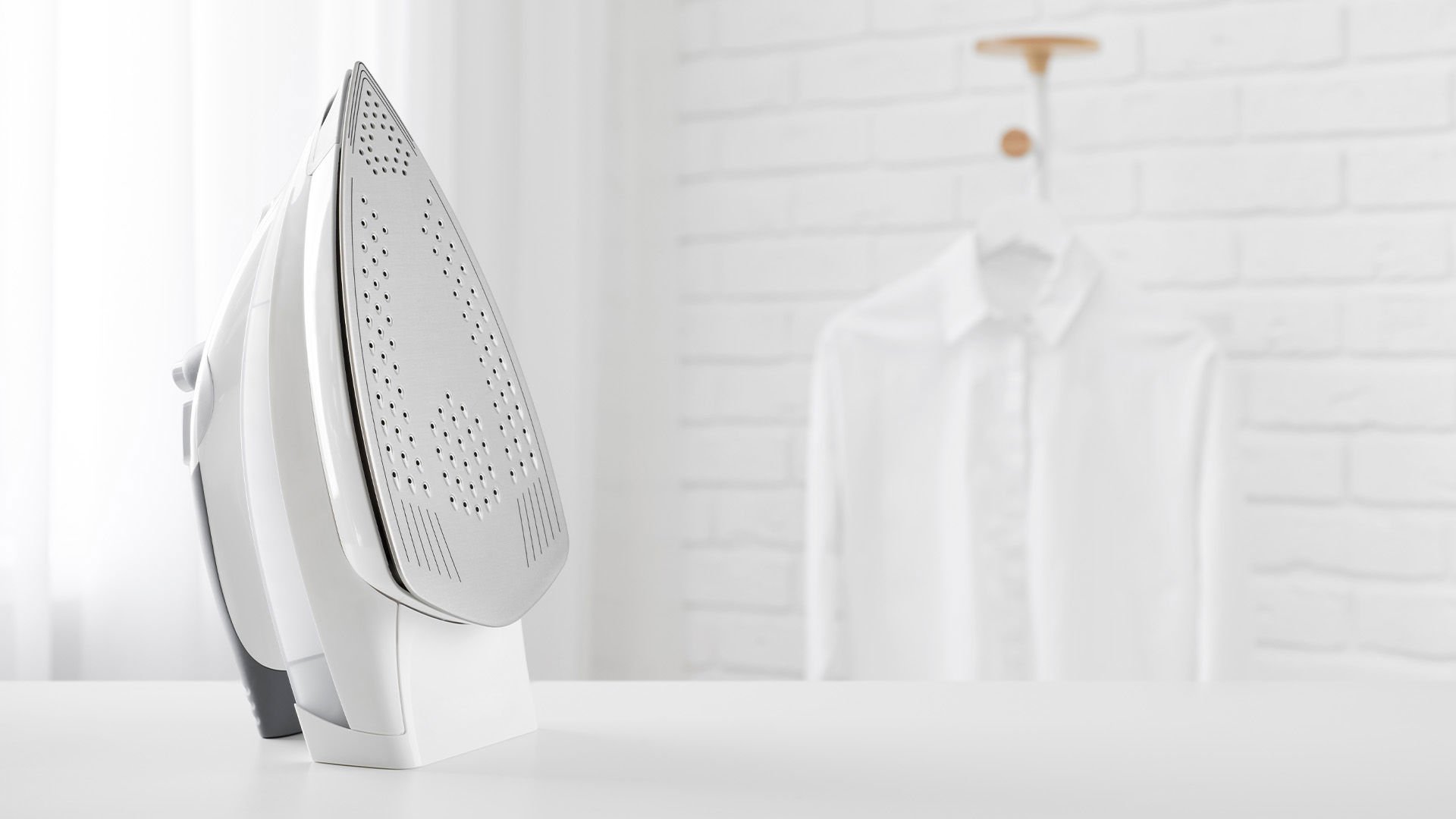Hållbarhet, Torka, Tvätta
Care for your clothes properly

Researcher busts ten myths from your laundry room
Mats Johansson is a researcher and teacher at the Swedish School of Textiles in Borås, and knows everything about how to treat clothes in the best way. We asked him for his viewpoint on some common notions.
- Wash underwear at 60 degrees
Always run socks and underwear at 60 degrees, otherwise the bacteria won’t die.
“Many bacteria don’t die at 60 degrees; it requires both a higher temperature and a longer washing time, which many textiles can’t handle. Instead of killing the bacteria, you kill your socks and destroy both their texture and colour. Rather make sure that you carefully follow the washing instructions in your garments and the instructions for your detergent.” - Every type of drying wears
It doesn’t matter whether you use a drying cabinet or a tumble dryer, both wear out your clothes the same amount.
“Drying cabinets don’t wear out clothes: it’s just air moving around. Your tumble dryer, on the other hand, is a disaster for your clothes. The mechanical processing in a tumbler puts an incredible amount of wear and tear on the textiles.” - A detergent is a detergent
A detergent is a detergent. It doesn’t matter which kind you use!
“Choosing the right detergent is important, because they work well for different things. In Sweden, we have highly concentrated detergents which you only need a very little dose of. The cheaper, imported alternatives, on the other hand, are very diluted. For example, there are liquid detergents that consist of 50 percent water. Choose a detergent by reading the packaging, not the price tag. In addition, incredibly little of what we wash is actually dirty. In most cases, it’s enough to rinse the garment, hang it out and air it.” - One machine is enough
Throw both coloured laundry and white laundry into the machine at the same time. It doesn’t matter if you wash them together.
“It matters a lot! The risk of discolouration increases, the white laundry can quickly turn grey and colour can “bleed” from garment to garment. In addition, the detergents have different compositions for being effective for different things. Detergents for white laundry may contain bleaching agents and optical brighteners that bleach the coloured garments.” - Everything can be tumble dried
All clothes and materials can be tumble dried.
“No, not all clothes can be tumble-dried! Some materials can’t withstand the high temperature, while others can’t withstand the powerful mechanical processing of a tumble dryer. Elastane can be broken down by the combination of moisture and high temperature, which results in a strong “intertangling” effect in the fibres. Cotton and viscose can shrink, linen shrinks and wrinkles a lot. Since sewing thread and zips are usually made of a different material than the garments themselves, there’s also a high risk that they’ll shrink in a different way in a tumble dryer.” - Don’t skimp on the detergent
The more detergent used, the cleaner your laundry.
“Detergents today are so concentrated that you only need to use very little. The more detergent, the more foam and the more foam, the worse it washes clean. It also becomes difficult to rinse, which just as important for a good washing process. If you’re sensitive, there may also be a certain risk of an allergic reaction if the detergent’s not properly rinsed out of your garment.” - Fabric softener for bacteria
Fabric softener not only makes your clothes softer, it also prevents bacteria from settling in your clothes.
“Fabric softener has no antibacterial effect.
In addition, it’s not environmentally friendly, because the largest part of the product ends up directly in the drain.” - Wash after training
You need to wash training clothes after every session, especially sports bras.
“We suffer from laundry hysteria in this country! It’ll smell after a while, that’s for sure. You’re not unfresh because you’re sweaty, though. Sweat is a heat regulation system. Studies exist showing that we wash far too much. Less than ten percent of what we wash is dirty. With that in mind, it can be more than suitable to just rinse your clothes in water and air them between sessions. If your clothes have become dirty or started to smell bad, then it’s time to wash them.” - Wash the bedding hot
All bedding should always be washed at 60 degrees to be completely clean.
“Completely white cotton bed linen can be washed at 90 degrees, with the right detergent, but coloured or printed bed linen can’t withstand being washed at such high temperatures. Washing too hot can be just as bad, or even worse, as washing too cold. The enzymes found in detergents have the greatest effect at the right temperature and pH value, which is why it’s important to follow the instructions on their packaging. Some detergents are good at low temperatures, while others require high temperatures, as they contain a certain form of bleach that you might want to work on your white laundry.” - Wash t-shirts as underwear
T-shirts are like underwear, they have to be washed every time you wear them, because they’re so close to the body.
“Most people are probably cleaner than the air that surrounds us and the products we come into contact with. The fact that something is close to the body definitely does not make it dirtier.”
